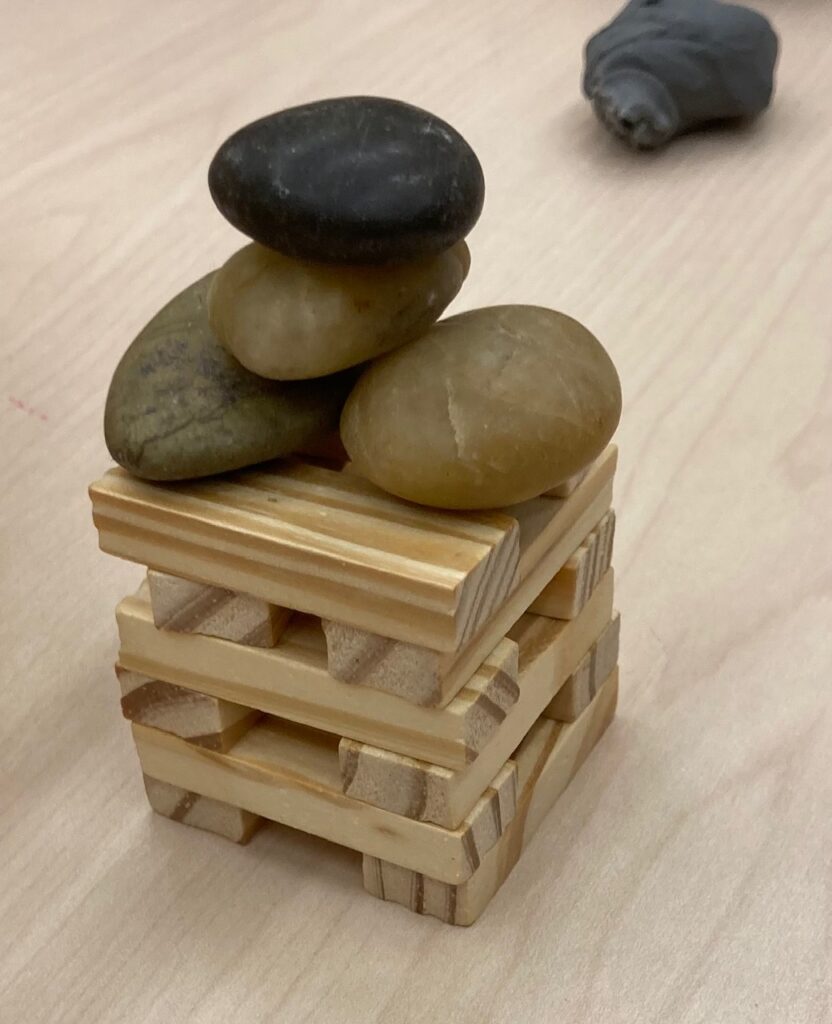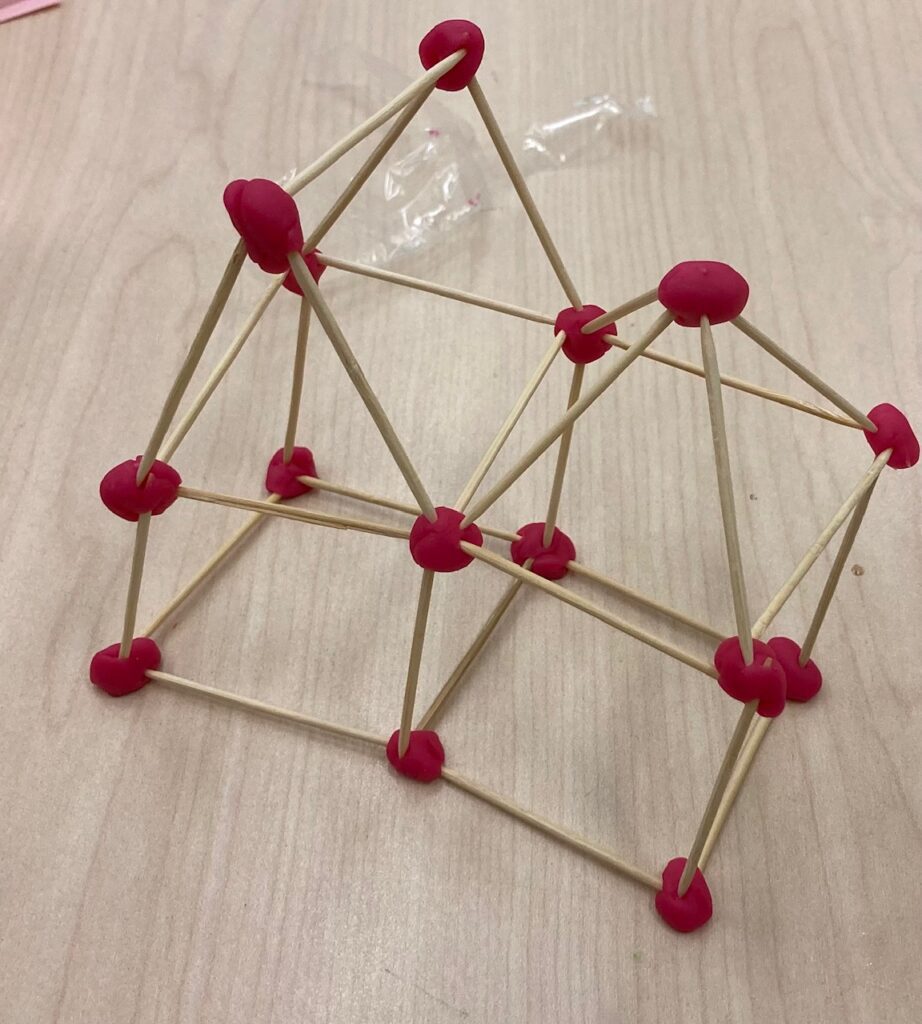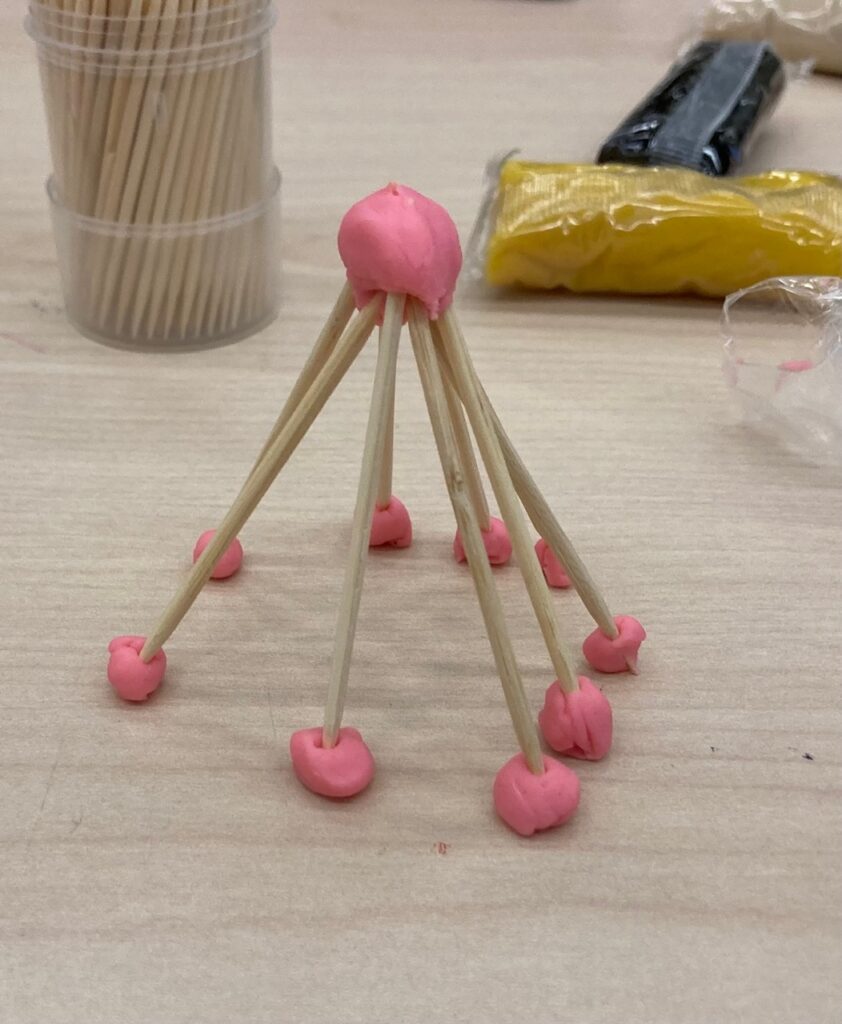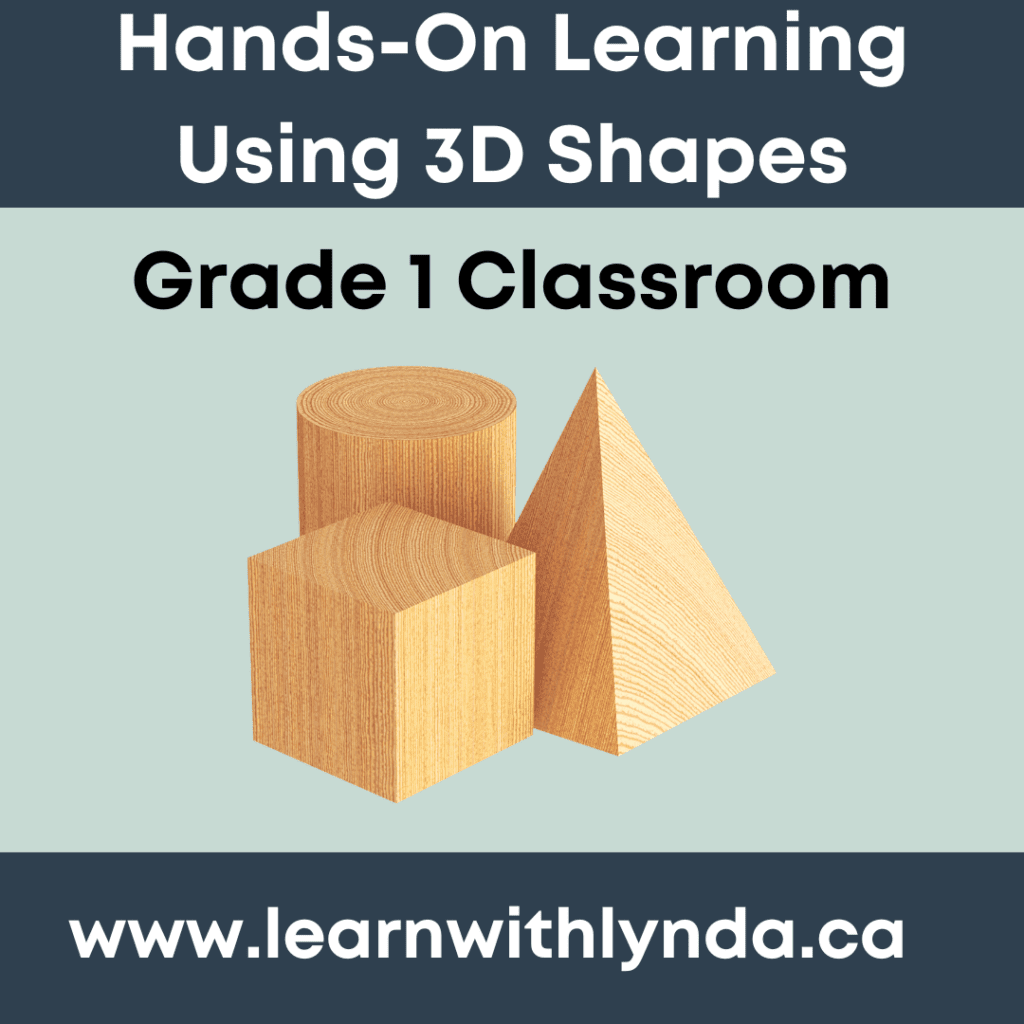Hands-on learning has proven to be a powerful tool for engaging my learners. My student intern is exploring 3D shapes through a hands-on approach in our Grade 1 classroom. Read on for the benefits of hands-on learning in the context of 3D shape exploration for primary-aged children.
Benefits of Hands-On Learning
For young children, learning is most effective when it is concrete and experiential. Hands-on activities involving 3D shapes provide the foundation upon which abstract concepts can be built. By touching, holding, and maneuvering objects such as cubes, spheres, and pyramids, children develop a deeper understanding of shape attributes and geometric vocabulary.
Primary children gravitate towards learning through their senses. As children explore and create 3D shapes, they also note the attributes and talk about the properties they notice. A multi-sensory approach not only reinforces learning but also accommodates diverse learning styles.



Hands-on learning fosters a spirit of curiosity and exploration that is key for young learners. As children play with 3D shapes, they are encouraged to ask questions, make observations, and experiment with different combinations. The children become drivers of their learning journey as they discover and learn through a hands-on approach.


Collaborative activities involving hands-on exploration of 3D shapes provide opportunities for children to work together and to share ideas. Whether it’s building structures with classmates or explaining why a shape will or will not work in the design promotes the development of teamwork and communication skills.



Finally, the ability to connect mathematical concepts with real-world experiences is essential for fostering relevance and understanding. Hands-on exploration of 3D shapes allows children to make connections between geometric concepts and the world around them. Whether they’re identifying shapes in their environment or constructing models of familiar objects, children develop a deeper understanding of the concepts.
Hands-on learning is one of the pillars in my classroom instructional planning.
Happy Learning,
Lynda






2 Responses
Lynda, what are the “sticks and balls” manipulatives called? I would love to get some for my classroom. Thanks
Hi Bobby Jo
I’ve had the resource for a number of years – highly recommend. Its called Geometric Shapes Building set by Learning Resources. I had purchased it from Amazon – came in a cylinder container. – Lynda